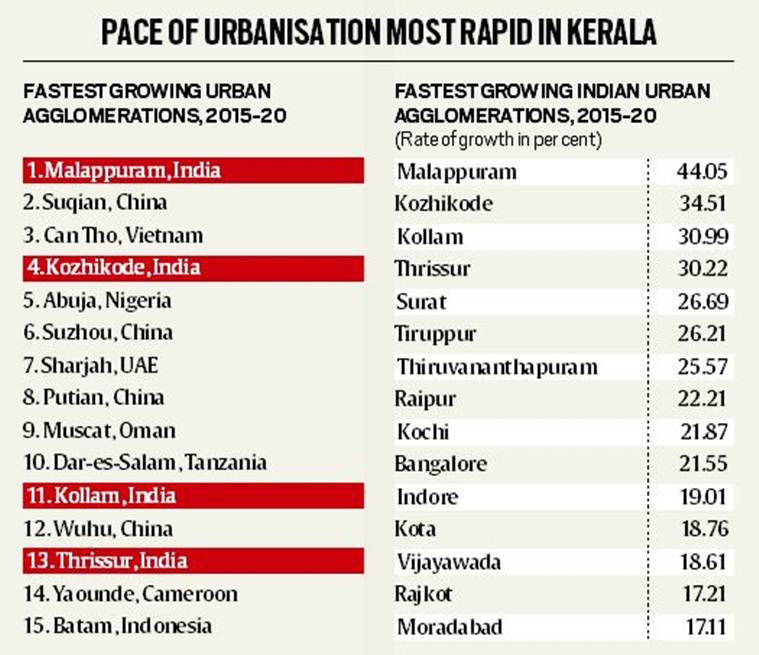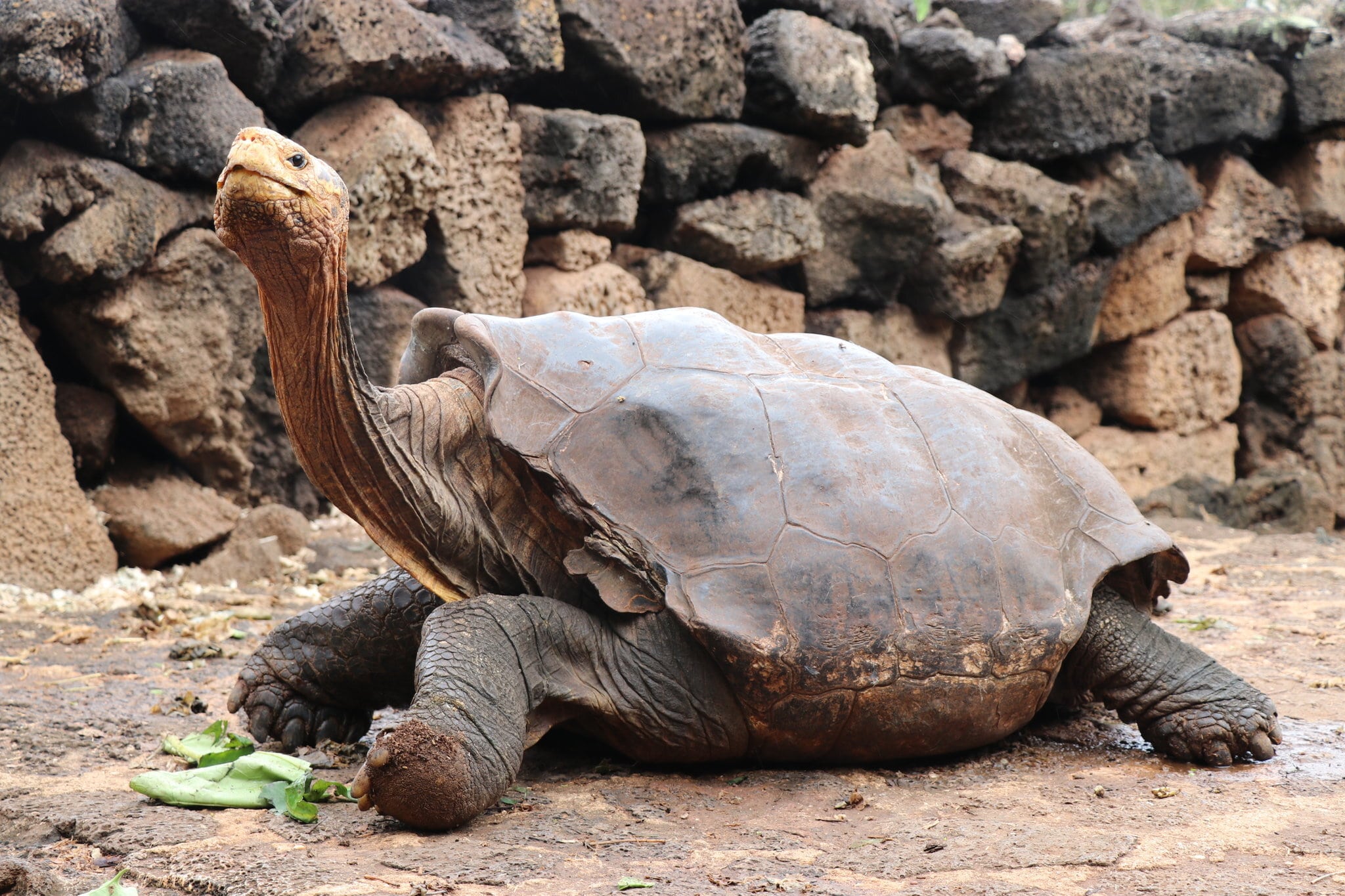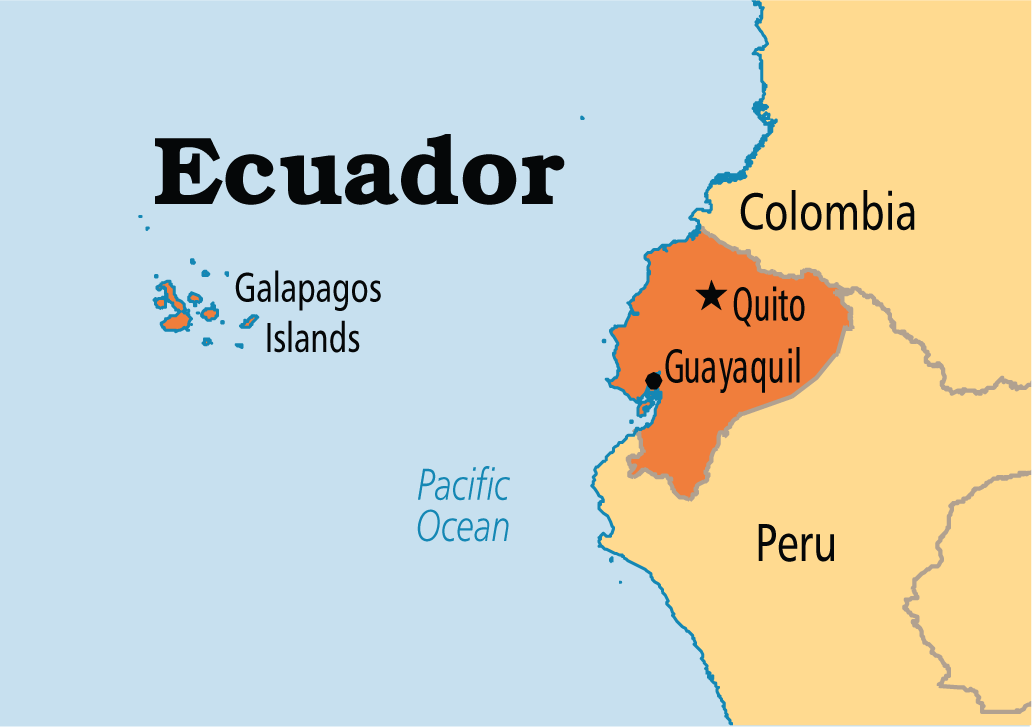Social Justice
Manual Scavenging in India
Why in News
- The Central Monitoring Committee to review the implementation of the Prohibition of Employment as Manual Scavengers and their Rehabilitation Act, 2013 has mentioned that many states are lagging behind in the rehabilitation of manual scavengers.
- Though most of the sewer death compensation had been paid but states like Gujarat, Maharashtra is yet to pay compensation.
Key Points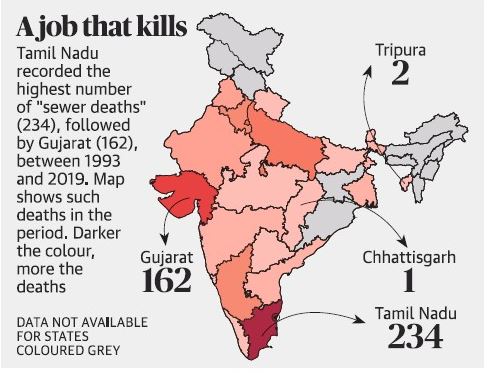
- Numerical Analysis:
- Since 1993, a total of 926 deaths related to the manual scavenging is reported in the country, out of which 172 families are yet to receive compensation.
- State-wise Analysis:
- Engaged Workers: According to the National Commission of Safai Karamcharis (NCSK), a total of 53,598 people, of which 29,923 were in Uttar Pradesh alone, had been identified as engaged in manual scavenging after surveys in 2013 and 2018.
- Deaths: Tamil Nadu reported the highest number of deaths but has paid compensation in all but seven of the 234 cases.
- Compensation: Gujarat has the highest number of cases where the compensation amount was not paid followed by Maharashtra.
- Steps taken for Elimination:
- Currently, one-time cash assistance, capital subsidy and skill development training are provided to the identified manual scavengers.
Prohibition of Employment of Manual Scavengers and their Rehabilitation Act, 2013
- Prohibition: The act prohibits the employment of manual scavengers, manual cleaning of sewers and septic tanks without protective equipment, and the construction of insanitary latrines.
- Rehabilitation: It seeks to rehabilitate manual scavengers and provide for their alternative employment.
- Implementing Authority: Each local authority, cantonment board and railway authority is responsible for surveying insanitary latrines within its jurisdiction. They shall also construct a number of sanitary community latrines.
- The District Magistrate and the local authority shall be the implementing authorities. Offences under the Act shall be cognizable and non-bailable and may be tried summarily.
Reasons for Persistence of Manual Scavenging
- Despite the most stringent penal provisions in the law against manual scavenging, it continues in parts of India largely due to governmental indifference and social prejudice.
- The continued presence of insanitary latrines, of which there are about 2.6 million that require cleaning by hand, according to Safai Karmachari Andolan.
- Many communities still regard the presence of a sanitary toilet inside the house as physical pollution.
- The entrenched belief in the caste system that assumes people belonging to a particular caste group will readily perform the stigmatised task of emptying latrines.
- The state governments are not keen to demolish and rebuild old facilities lacking sanitation, or conduct a full census of both the latrines and the people engaged in clearing such waste.
National Commission of Safai Karamcharis
- The National Commission for Safai Karamcharis (NCSK) was constituted on 12th August 1994 as a statutory body by an Act of Parliament viz. ‘National Commission for Safai Karamcharis Act, 1993’.
- The act “The National Commission for Safai Karamcharis Act, 1993” lapsed in February 2004.
- The Commission is acting as a non-statutory body of the Ministry of Social Justice and Empowerment whose tenure is extended from time to time through Government Resolutions.
Governance
Integrated Road Accident Database (IRAD)
Why in News
The government has launched a central accident database management system that will help in analysing causes of road crashes and in devising safety interventions to reduce such accidents in the country.
- The system, known as the Integrated Road Accident Database (IRAD), has been developed by the Indian Institute of Technology-Madras (IIT-M) and will be implemented by the National Informatics Centre.
- The project costs ₹258 crore and is being supported by the World Bank.
- The system will be first piloted in the six States with highest fatalities from road crashes — Karnataka, Madhya Pradesh, Maharashtra, Rajasthan, Tamil Nadu and Uttar Pradesh.
- IRAD is comprehensive web-based Information Technology (IT) solution and will enable various agencies such as the police, Public Works Department (PWDs),etc. to enter details on a road accident from different perspectives such as investigation, road engineering, vehicle condition etc.
Road Accidents in India
- According to the World Road Statistics, India recorded the highest number of road accident deaths across 199 countries in 2018 followed by China and the US.
- According to government data, more than 1.5 lakh people lost their lives in road crashes in the country in 2018.
- Of the total people killed in road crashes in 2018, 48% were between 18 years and 35 years old, and more than 60% of such fatalities were due to overspeeding.
Working of IRAD
- The IRAD mobile application will enable police personnel to enter details about a road accident, along with photos and videos, following which a unique ID will be created for the incident.
- Subsequently, an engineer from the Public Works Department or the local body will receive an alert on his mobile device. He or she will then visit the accident site, examine it, and feed the required details, such as the road design.
- Data thus collected will be analysed by a team at IIT-M, which will then suggest if corrective measures in road design need to be taken.
- Road users will also be able to upload data on road accidents on a separate mobile application, which is expected to go live from 1st April 2020.
National Informatics Centre
- NIC of the Ministry of Electronics and Information Technology provides network backbone and e-Governance support to the Central Government, State Governments and UT Administrations.
- It was established in 1976 and is located in New Delhi.
Indian History
Monasteries at Moghalmari
Why in News
Recently, a study of inscriptions on clay tablets excavated from Moghalmari have confirmed the presence of two monasteries.
- Moghalmari is a Buddhist monastic site of the early medieval period in West Bengal’s Paschim Medinipur district.
- Chinese traveller Xuanzang (more widely identified as Huen Tsang), who visited India in the 7th century CE, referred to the existence of ‘ten monasteries’ within the limits of Tamralipta (modern day Tamluk in adjoining Purba Medinipur district). However, he did not refer to any specific name or location.
Key Findings
- Presence of two monasteries- Mugalayikaviharika and Yajñapindikamahavihara at Moghalmari.
- Six tiny fragments of inscribed seals found contain a set of letters accompanied by the deer-dharmachakra symbols.
- The inscriptions are in Sanskrit and the script is a transitional phase between later north Indian Brahmi and early Siddhamatrika.
- The first name on the seals - Yajñapindikamahavihara, implies etymologically ‘a place of sacrificial offering’.
- The second name on the seals, Mugalayikaviharika, bears a phonetic resemblance to the modern name of the site, Moghalmari.
- The monasteries at Moghalmari date from the 6th century CE and were functional until the 12th century CE. The presence of two monasteries dating to the same period within a single compound is unique in eastern India.
- Inscriptions supports the point that Buddhist monasteries have a definite hierarchy — Mahavihara, Vihara and Viharika.
Brahmi and Siddhamatrika
- The oldest deciphered inscriptions belong to the late 4th century BCE and are in Brahmi and Kharoshthi.
- These include those of Maurya emperor Ashoka, which are in a number of different languages and scripts, but mostly in the Prakrit language and Brahmi script.
- The different stages of Brahmi script are often labelled on the basis if dynasties, e.g. Ashokan Brahmi, Kushana Brahmi and Gupta Brahmi.
- In the late 6th century, Gupta Brahmi evolved into a script known as Siddhamatrika or Kutlia.
- The modern north Indian scripts such as Devanagari gradually emerged out of Siddhamatrika.
International Relations
Raisina Dialogue
Why in News
The 5th edition of Raisina Dialogue is being held in New Delhi. The 1st edition was held in 2016.
- The title of the Raisina Dialogue this year (2020) is “Navigating the Alpha Century”.
Key Points
- The conference will host 700 participants from more than 100 countries and at least 40% of the speakers will be women.
- The Dialogue has been India’s contribution to global efforts to discover solutions, identify opportunities and provide stability to a century that has witnessed an eventful two decades.
- A session will be held on the Indo-Pacific, including military or naval commanders from the “Quadrilateral or Quad (Australia, India, Japan, and the United States)”. It will also have a French Defence official on the panel this year.
Raisina Dialogue
- It is a multilateral conference committed to addressing the most challenging issues facing the global community. Every year, global leaders in policy, business, media and civil society are hosted in New Delhi to discuss cooperation on a wide range of pertinent international policy matters.
- The Dialogue is structured as a multi-stakeholder, cross-sectoral discussion, involving heads of state, cabinet ministers and local government officials, as well as major private sector executives, members of the media and academics.
- The conference is hosted by the Observer Research Foundation in collaboration with the Ministry of External Affairs, Government of India.
Observer Research Foundation
- It is an independent think tank based in New Delhi with three centres in Mumbai, Chennai and Kolkata.
- It seeks to lead and aid policy thinking towards building a strong and prosperous India in a fair and equitable world and helps discover and inform India’s choices. It carries Indian voices and ideas to forums shaping global debates.
- It provides non-partisan, independent, well-researched analyses and inputs to diverse decision-makers in governments, business communities, and academia and civil society around the world.
Indian Society
Urbanisation Trends: EIU
Why in News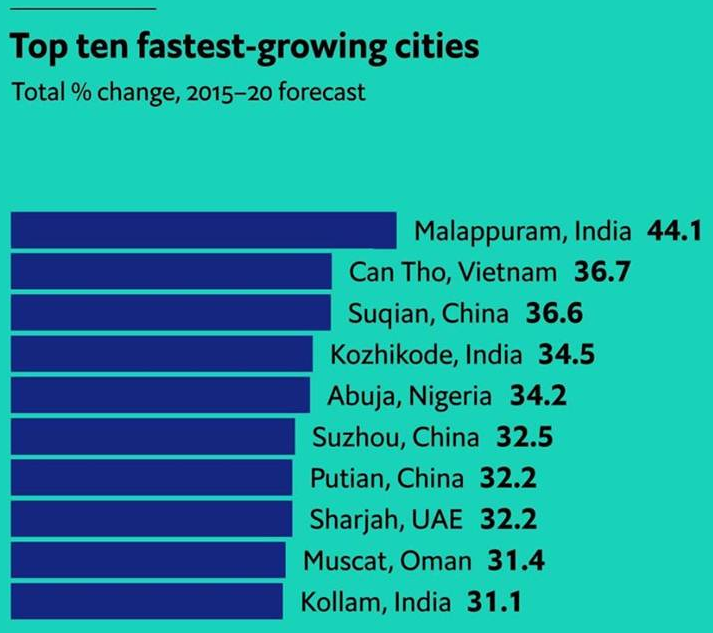
Recently, the Economist Intelligence Unit (EIU) survey released a ranking of the fastest-growing urban areas across the world which features three cities from Kerala among the top 10.
- From the period of 2015-2020, Malappuram had 44.1% change, Kozhikode had 34.5% change and Kollam had 31.1% change). These are the only places from India to feature in the top 10 rankings.
- Thrissur, Kerala is at 13th position with 30.2% jump between 2015 and 2020. Tiruppur, Tamil Nadu is at 30th rank. Thiruvananthapuram is at 33rd position.
Key Points
- Data: The list is based on data from the United Nations Population Division.
- Time Period: The Economist has listed the rate at which the populations of the UAs are expected to increase between 2015 and 2020 and it provides a measure of the pace of urbanisation.
- Unusual Findings: The rankings seem unusual because the total fertility rate (TFR, the number of children a woman is likely to have in the childbearing age of 15-49) in Kerala is 1.8 as per NITI Aayog data from 2016, below the replacement rate of 2.1.
With Reference to Kerala
- Transformation of Villages to Town: Kerala has low fertility rate which means the increase in the population of Malappuram and other cities is not because women are having more children but because more villages are being transformed into towns and city borders are expanding.
- When a village becomes a census town, its population is included in the urban population of the district.
- Cities of Kerala are seeing rapid urbanisation and the main reason is the inclusion of new areas in the UA’s limits.
- Effects of Migration: Kerala sees both emigration (migration from the state to other places) and immigration (the migration of workers to the state)
- The remittances that emigrants send allow the residents of villages to move away from agriculture, which changes the status of a village to census town.
- Shift from Agriculture: In Kerala, urbanisation is driven by a move away from agriculture, which leads to a change in a village’s Census classification status.
Factors for Population Growth
- When the birth rate exceeds the death rate (natural growth).
- When workers migrate to the city in search of jobs.
- When more areas get included within the boundaries of the city.
- When existing rural areas are reclassified as urban.
- According to the Census definition, an urban area is either a census town (CT) or a statutory town (ST).
- Statutory Town: Any place with a municipal corporation, municipal council, or cantonment board.
- Census Town: It can be a place with “urban characteristics”, a population of more than 5,000, population density more than 400 people per sq km, and with more than 75% of the population not engaged in agriculture for their livelihood.
- According to the UN, “urban agglomerations” (UA) are defined as continuous urban spread consisting of a town and its adjoining urban outgrowths or two or more physically contiguous towns together.
- For example, the National Capital Territory of Delhi is a UA that includes the Municipal Corporation of Delhi (MCD) and New Delhi Municipal Council (NDMC) areas as well as 107 census towns (erstwhile surrounding villages where more than 75% of the population is now engaged in non-agricultural pursuits).
Economist Intelligence Unit
- It is the research and analysis division of The Economist Group and the world leader in global business intelligence. It was created in 1946.
Way Forward
- Urbanisation leads to the growth of cities and infrastructure which gives more opportunities to youth. People leave behind caste and class divisions (to some extent) that dominate life in the villages and move upwards in society.
- However, unplanned urbanisation can be exclusionary making it difficult for migrants to live there given the high cost. Unregulated housing, lack of reliable public transport, and longer commutes within these towns put a strain on the meagre resources of migrants
Agriculture
Organic Turmeric to Weed Out Marijuana in Malkangiri
Why in News
Recently, the Malkangiri district administration, Odisha has initiated a project to divert the region’s tribals from illegal marijuana cultivation by promoting organic turmeric as a profitable cash crop.
- Organic turmeric will weed out the marijuana cultivation in remote areas of Swabhiman Anchal in Malkangiri.
Key Points
- Reasons for Illegal Marijuana Cultivation:
- Lack of communication.
- Poverty.
- Financed by the Drug mafias from outside, allegedly.
- Source of easy money.
- This move comes after a survey, conducted in 2019 by the Malkangiri district administration.
- It revealed that almost all tribal families grow turmeric for their consumption but not for commercial purposes.
- The district has a suitable climate and geographical conditions so organic turmeric can become the tool of economic development for poor tribals as well as cash crop alternative of marijuana.
- It is estimated that each acre of organic turmeric can provide ₹70,000 to 80,000 income to the farmers.
- The project has been implemented by the Horticulture and Agriculture Departments. Interested farmers have been registered for scientific training.
Marijuana or Hemp
- It is part of the cannabis super-family, is illegal for commercial cultivation though it grows as a weed in several parts of the country.
- Uttarakhand, Jammu and Uttar Pradesh have allowed restricted cultivation of the plant for medical research.
- It has two components CBD (cannabidiol) and THC (tetrahydrocannabinol).
- CBD does not cause intoxication or euphoria and has been successfully proven to provide relief to chronic pain without causing psychoactive side effects.
- It is THC which is the primary psychoactive components of Marijuana.
Narcotic Drugs and Psychoactive Substances Act, 1985
- It bans the commercial cultivation of cannabis.
- The bar does not apply to an edible preparation called bhang, which is allowed in some States.
United Nations Single Convention on Narcotics Drugs, 1961
- It is an international treaty to prohibit production and supply of specific (nominally narcotic) drugs and of drugs with similar effects except under licence for specific purposes, such as medical treatment and research.
- The convention refers to drug addiction as “a serious evil for the individual [that] is fraught with social and economic danger to mankind”.
Important Facts For Prelims
Harvest Festivals in India
Why in News
The harvest festivals like Lohri, Makar Sankranti and Pongal have recently been celebrated all across the country. The festivals celebrate the hard work and enterprise of millions of farmers across the country.
Makar Sankranti
- Makar Sankranti denotes the entry of the sun into the zodiac sign of Makara (Capricorn) as it travels on its celestial path.
- The day marks the onset of summer and the six months auspicious period for Hindus known as Uttarayan – the northward movement of the sun.
- As a part of the official celebration of 'Uttarayan', the Gujarat government has been hosting the International Kite Festival since 1989.
- The festivities associated with the day is known by different names in different parts of the country — Lohri by north Indian Hindus and Sikhs, Sukarat in central India, Bhogali Bihu by Assamese Hindus, and Pongal by Tamil and other South Indian Hindus.
Lohri
- Lohri is primarily celebrated by Sikhs and Hindus. It marks the end of the winter season and is traditionally believed to welcome the sun to the northern hemisphere.
- It is observed a night before Makar Sankranti, this occasion involves a Puja Parikrama around the bonfire with prasad.
- It is essentially termed as the festival of the farmers and harvest, whereby, the farmers thank the Supreme Being.
Pongal
- The word Pongal means ‘overflow’ or ‘boiling over’.Also known as Thai Pongal, the four-day occasion is observed in the month of Thai, when crops such as rice are harvested and people show their gratitude to the almighty and the generosity of the land.
- Tamilians celebrate the occasion by making traditional designs known as kolams in their homes with rice powder.
Makaravilakku festival in Sabarimala
- It is celebrated at the sacred grove of Lord Ayyappa at Sabarimala.
- It is an annual seven-day festival, beginning on the day of Makara Sankranti when the sun is in the summer solstice.
- The highlight of the festival is the appearance of Makarajyothi- a celestial star which appears on the day of Makara Sankranthi on top of Kantamala Hills.
- Makara Vilakku ends with the ritual called 'Guruthi', an offering made to appease the god and goddesses of the wilderness.
Important Facts For Prelims
Island Development Agency (IDA)
Why in News
Recently, the sixth meeting of the Island Development Agency held in New Delhi.
- In the meeting, the progress made under the "Holistic development of islands" program was reviewed.
Island Development Agency
- The Union Government constituted the Island Development Agency on 1st June, 2017 for the development of islands.
- The meetings of the Agency is chaired by the Union Home Minister.
Holistic Development of Islands Program
- For the first time in the country, under the guidance of IDA, an initiative of sustainable development in the identified Islands within scientifically-assessed carrying capacity has been taken-up.
- Development Plans with focus on creation of jobs for the islanders through tourism promotion as well as export of seafood and coconut-based products made in the Islands have been prepared and are being implemented in four islands of Andaman & Nicobar and five islands of Lakshadweep.
- In the second phase, suitable sites in 12 more islands of Andaman & Nicobar Islands and 5 islands in Lakshadweep have been covered.
Important Facts For Prelims
Bhil Tribe
Why in News
Recent controversial references to the Bhil tribe by Madhya Pradesh Public Service Commission (MPPSC) has received severe criticism.
Key Points 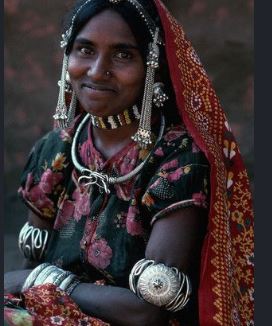
- The Bhil are one of the largest tribal groups, living in Chhattisgarh, Gujarat, Karnataka, Madhya Pradesh, Maharashtra, Andhra Pradesh and Rajasthan.
- The name is derived from the word ‘billu’, which means bow.
- The Bhil are known to be excellent archers coupled with deep knowledge about their local geography.
- Traditionally, experts in guerrilla warfare, most of them today are farmers and agricultural labourers. They are also skilled sculptors.
- Bhil women wear traditional saris while men are dressed in long frock and pyjamas. The woman put on heavy ornaments made of silver, brass along with rosaries of beads and silver coins and earing.
Important Facts For Prelims
Artificial Humans -NEONs
Why in News
NEON was one of the most-discussed new concepts at the annual Consumer Electronics Show (CES) held in Las Vegas in 2020.
- NEONs, being called the world’s first artificial humans, have been created by Samsung’s Star Labs headed by Pranav Mistry, an India - born scientist.
- NEONs are computationally created virtual humans — the word derives from NEO (new) + humaN.
- For now the virtual humans can show emotions when manually controlled by their creators. But the idea is for NEONs to become intelligent enough to be fully autonomous, showing emotions, learning skills, creating memories, and being intelligent on their own.
- A virtual human is a Computer Generated (CG) human simulation with artificial intelligence. A virtual human can have a CG human body, and CG voice and computer empowered senses.Virtual humans can be applied in various domains such as education, marketing, branding, training & sales.
Important Facts For Prelims
Diego-The Giant Tortoise
Why in News
Recently, Diego (Chelonoidis hoodensis, or the giant tortoise species) has retired from the captive breeding programme in the Galapagos National Park, Ecuador.
- He will be returned to Española Island, from where he was taken around 80 years ago.
Key Points
- Diego is 100 years old and joined the breeding programme in 1976.
- The tortoise population has since gone up from 15 to 2,000.
- He is responsible for about 40% of the offspring produced.
- Another male tortoise ‘E5’ has generated about 60% offspring.
- Diego has a long leathery neck, dull-yellow face and beady eyes. Fully stretched out, he extends to about five feet and weighs about 176 pounds.
- The long neck is critical for his species’ survival, helping the tortoises crane their necks to feed on cacti.
- Threats:
- Tortoises on the Galápagos Islands served as an excellent source of food for seafarers in the 1800s so a large number were picked up from the islands.
- Feral goats on the islands posed another danger, competing for food, destroying the tortoises’ habitat.
- IUCN Red List Status: Critically Endangered
Galápagos National Park
- It was created in 1959 and it was the first national park of Ecuador.
- The Galápagos Islands were designated as a UNESCO World Heritage Site in 1978.

